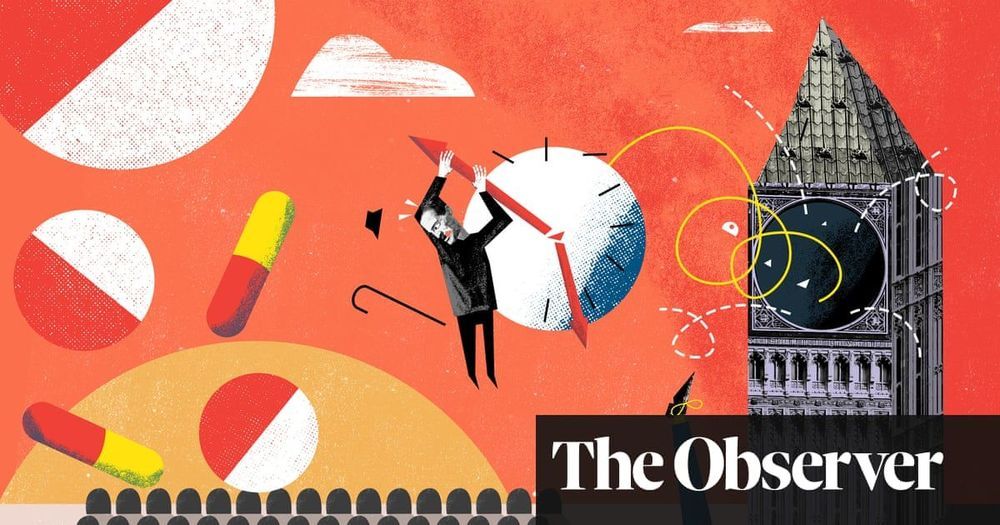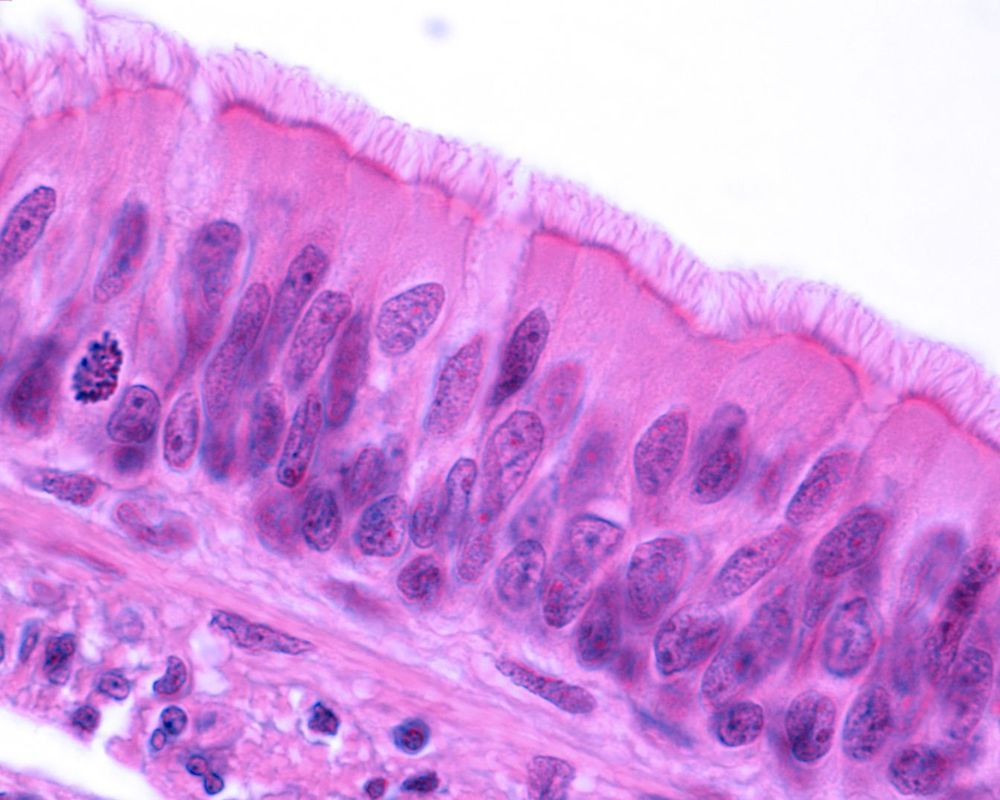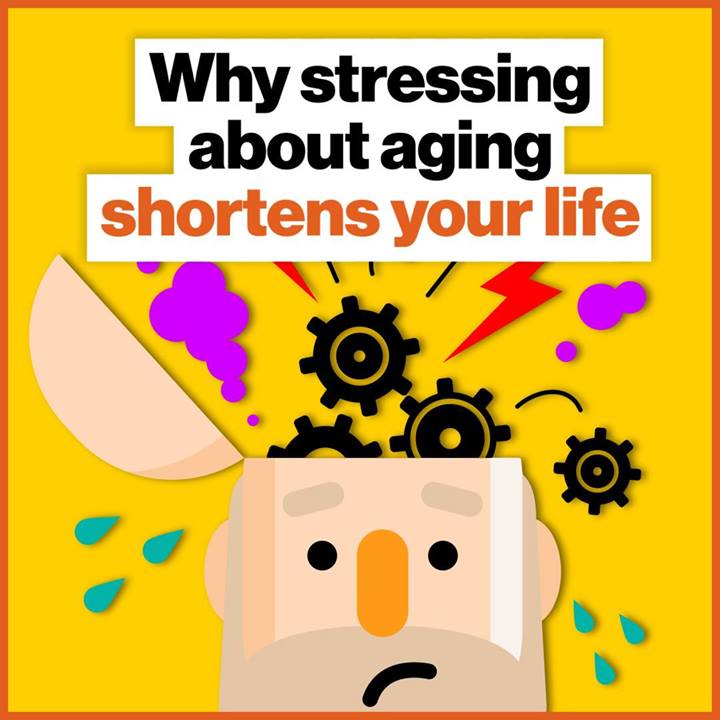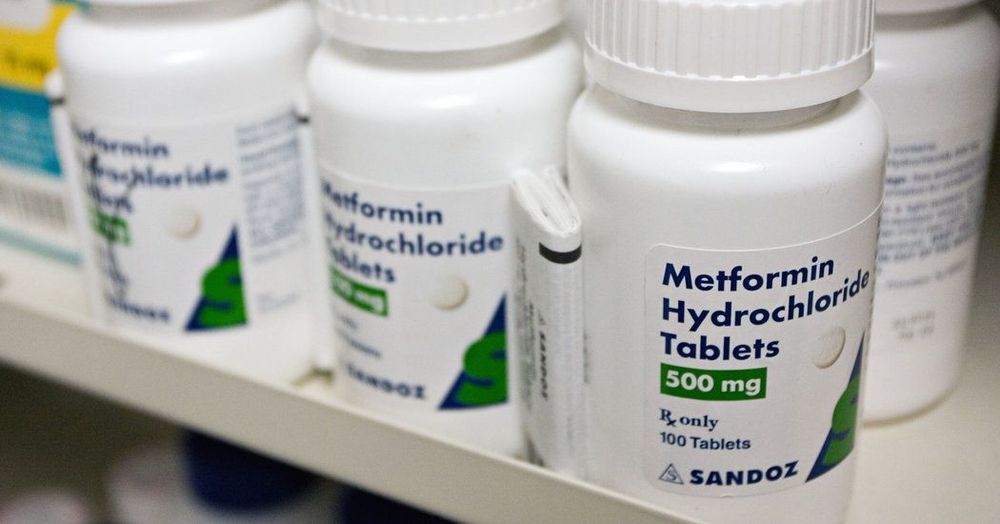A very good article on the life and ideas of life extensionists/immortalists/longevity’s: “… Strole is now 70. He lives in Scottsdale, Arizona, a desert town. In the life-extensionist mode, he avoids dairy and rarely touches bread, though he devours a whole heap of other things. Recently his diet has included pills, branded ”Cognitive”, which he takes twice a day and claims have all sorts of nourishing effects on his brain. (What good is maintaining the body if not the mind?) The pills are part of a self-directed anti-ageing process that requires a lot of swallowing. On some days, Strole takes 70 supplements, including a tablet that ”energises the mitochondria” (mitochondria produce energy) and whose effects resemble ”a shot of coffee, minus the jitters”, as well as vitamins, multi-nutrients and metformin, a diabetes drug that has become so popular among life extensionists that one referred to it as ”the aspirin of anti-ageing”. In the early mornings, when the Arizona air is still brisk, he takes a cold dip in his pool to shock his immune system into better function, and at some point or another he lies face-up on an electromagnetic mat that whirs silently against his body and ”opens up the veins”, and engages in a breathing regime that, he says, ”balances the hormones”.
Some sleep on electromagnetic mats, others pop up to 150 pills a day. But are ‘life extensionists’ any closer to finding the key to longevity? Alex Moshakis meets some of the people determined to become immortal.








